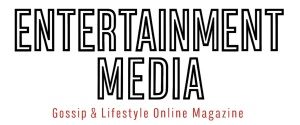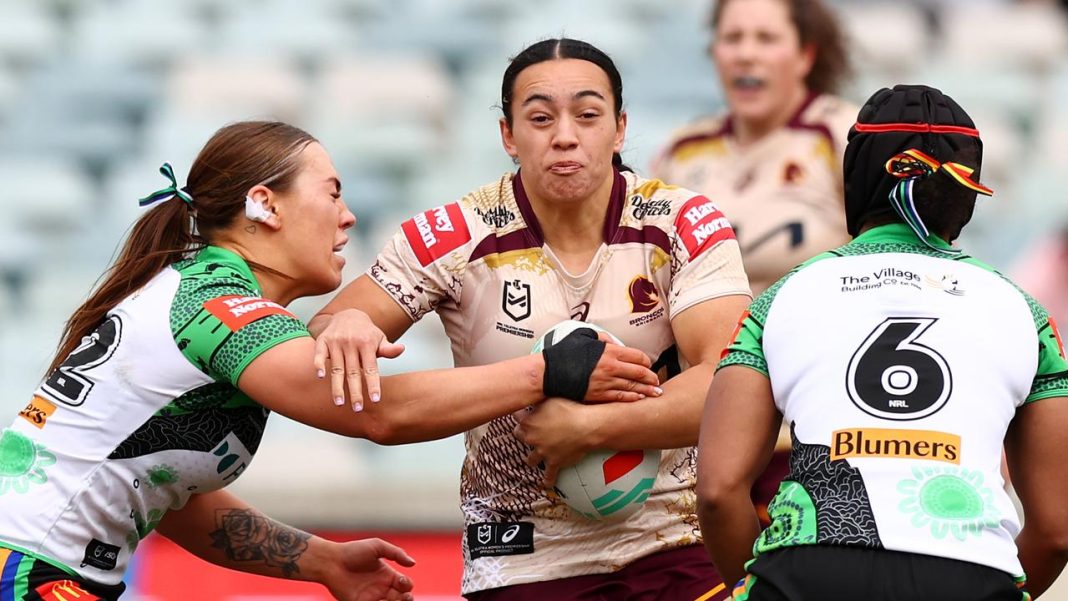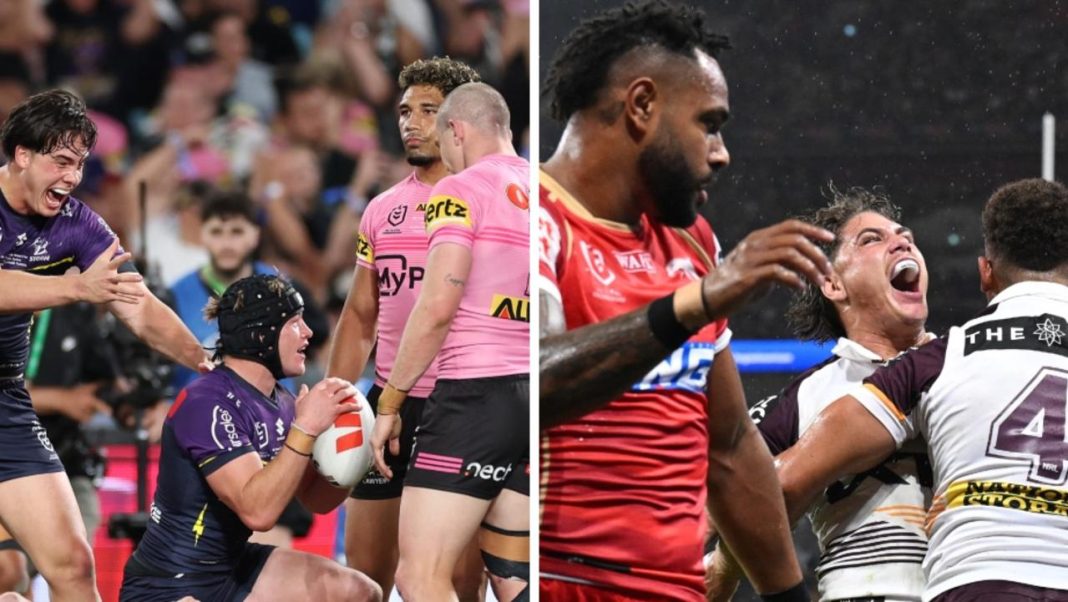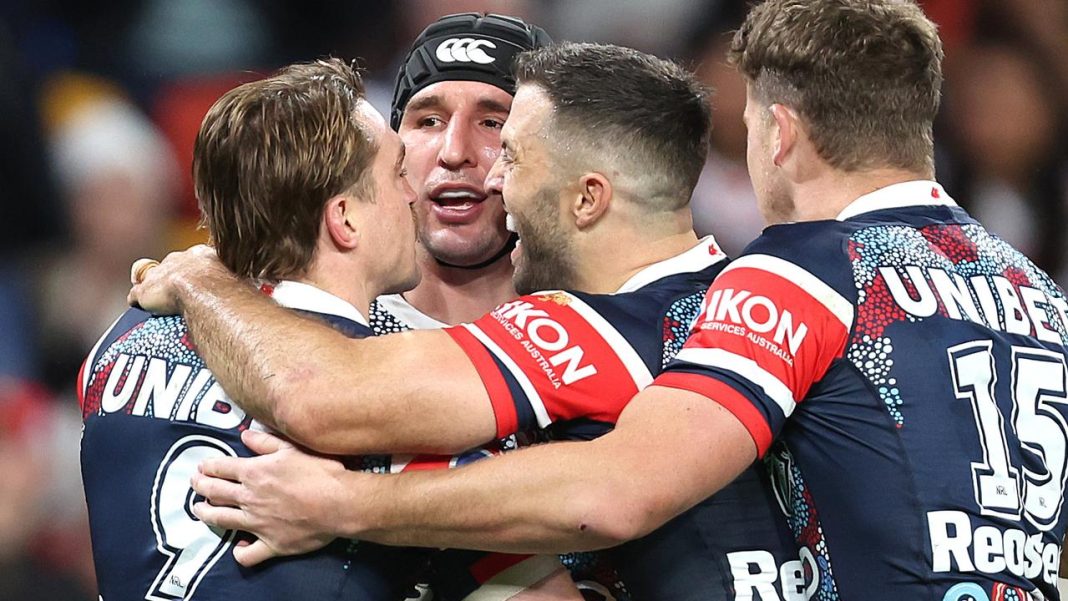COMMENT
The talent pool for the NRLW is growing faster every year as pipelines flow from the pathway systems, as well as the steady stream of players making a code switch to rugby league. It’s positioning the NRL to be able expand the competition, not by teams, but by squad sizes.
And there’s a big factor increasing the urgency for the NRL to make that expansion move — a crippling injury toll across the league.
Watch every game of the 2025 NRL Women’s Premiership LIVE and ad-break free during play on FOX LEAGUE, available on Kayo Sports. New to Kayo? Join now and get your first month for just $1.
More on that in a moment, first to the talent pool and that stream of code-hoppers.
It’s actually less stream and more tsunami of players from rival codes jumping ship to the 13-woman game. There are 22 new rugby union converts who have made the move to the NRLW this year alone, with more looking to make the switch each week. So far, there have been 67 debutants in the NRLW this year, 37 in the opening round alone, many of them coming to the game from rugby union pathways.
Then there are those who wanted to, but couldn’t, come over, including Rugby 7s star siblings Madison and Teagan Levi who were reportedly blocked by Rugby Australia from joining the NRLW.
New Zealand Rugby legend Portia Woodman-Wickliffe, who is a three time Olympian and two-time gold medallist, had her move to the NRLW to join the Knights blocked by the NRL because she was an ambassador for the Rugby World Cup.
Speaking of which, many expect the number of code-hoppers from rugby union to increase further following the conclusion of the World Cup next month.
Ahead of Magic Round, the NRL held an invitational combine of prospective NRLW talent from which teams could watch and offer contracts to players. Among the group of 60, there was Larissa Crummer — a former Matildas player with 33 caps for Australia and 129 matches in the A League Women’s, the U.S and Norway — who last year switched from the round ball to the Steeden. There was also Kayla Canett, a two-time Olympian with the US Rugby 7s team, who won bronze in Paris and is teammate of women sports superstar Ilona Maher, as well as Wallaroos star Samantha Treherne who has played tests for Australia across both the 15s and 7s game.
In short, athletes from all codes are making the switch, keen to join the NRLW as players both nationally and internationally take notice. The competition is now both the envy and enemy of other sports as they leak players who see greener grass and a clearer future on a rugby league field.
The talent pool is growing, if not bursting, with the rugby league pathways also delivering plenty of emerging stars for the clubs. The successful establishment of the Lisa Fiaola Cup for Under 17 women and Tarsha Gale Cup for Under 19s means we now have NRLW players who haven’t stopped playing since they were kids and are better prepared for the rigours of the top-tier competition when they get there.
In short, the pathways are working.
This tidal wave of talent has put the NRL in a position to make the next big call in the women’s game. And squad size is top of the agenda.
Roosters record 12th straight win | 01:01
Currently squads comprise of 24 women, six fewer than the 30-man squad sizes in the NRL. There are growing calls to increase these squads as clubs continue to struggle with injuries. Prior to last round the Sharks, for example, had lost eight from their top 24 squad to injury, some for the whole season. The Dragons had nine players unavailable, the Wests Tigers six. It left them scrambling to make up numbers and lodging special exemptions for players from lower grades to play.
Increasing squad sizes is a no brainer and coaches are crying out to the NRL to make the change. There’s an argument that women are more susceptible to injury given many play the NRLW while juggling full time jobs and don’t have year round conditioning and contact with club trainers. Adding more women to the system would safeguard the quality of the competition and ease the pressure on clubs.
Increasing squad sizes by four to 28 women, for instance, would mean 48 extra players to enter the competition across the 12 teams. Speaking to coaches this week, it’s a number, they say, would be easy to deliver.
Dilution of talent isn’t a concern for the coaches given the number of athletes knocking down the door to play. Foxsports.com.au also reported earlier in the season, that, even with two new teams in the competition and 37 debutants in the opening round, the quality of the game had increased across almost all metrics and stats.
Watch every game of the 2025 NRL Women’s Premiership LIVE and ad-break free during play on FOX LEAGUE, available on Kayo Sports. New to Kayo? Join now and get your first month for just $1.
NRLW squads also have four development player positions while NRL squads have six per club. The idea of the dev contracts is exactly that — develop the players. It’s introducing the players to the NRLW system, building them up and preparing them to eventually make the move up to the competition. Keeping the status quo could force coaches to game the contracts and hand them to older and more experienced players in a bid to avoid another injury crisis situation.
A heaving talent pool is a good problem for any competition to have, harnessing the potential that provides though is the next step.
If Olympians and experienced players are considering switching codes, what are younger players who see the stars of their sport doing that thinking? They’re either going to make the move themselves, or at the very least, follow the journey of the player into the NRLW and become a fan of the game too. It’s a win for rugby league, especially with its own pathways pumping.
The foundations for the next building block of the competition’s growth are being set, now’s the time for the game to capitalise on it. Protecting the quality of the NRLW as well as its players, coaches and clubs by expanding squads depends on it.




